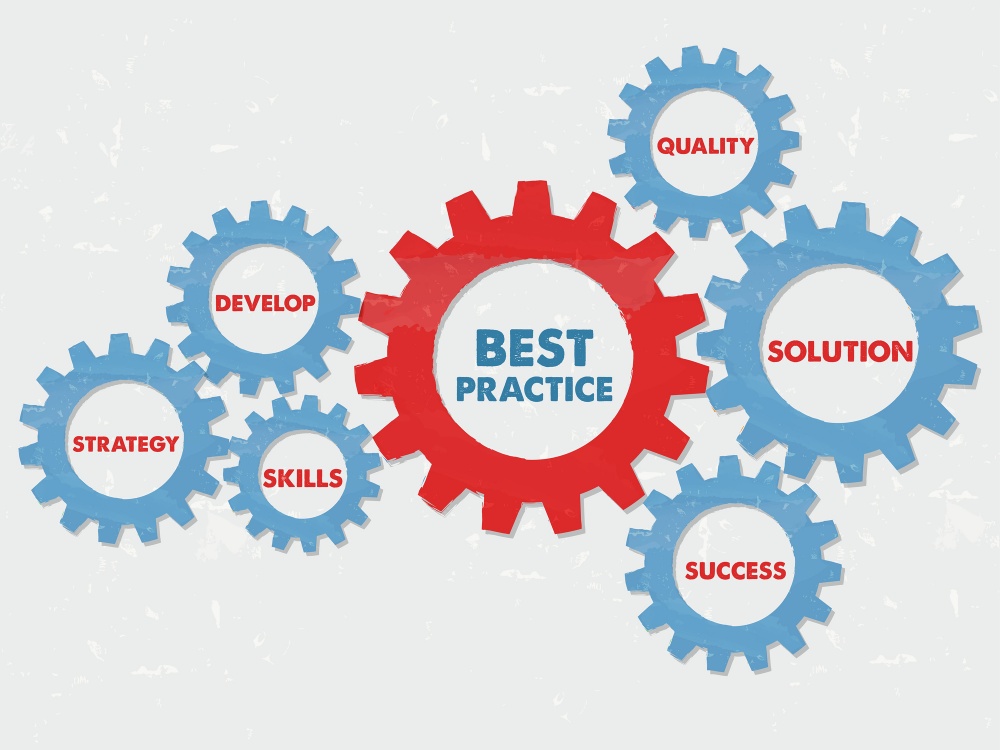Planning for a Successful Document Collection – Best Practices

There is often a lot of discussion around the processing and review of documents in a litigation, most likely because these phases end up costing the most money and taking the most time. What is often overlooked, however, is the collection process and how that phase sets the tone for the rest of discovery, including overall case strategy, knowledge gathering and cost thresholds for the case. The collection of Electronically Stored Information (ESI) must be conducted in a legally sound manner. In my experience, a successful collection is one that includes proper planning, detailed documentation and a targeted approach.
In this blog, I lay out some best practices that can be followed to collect data in a sound manner while keeping costs reasonable and gathering all relevant information. Before you start a collection, there are pre-collection tasks that should be completed in order to ensure the collection is successful, defensible and thorough.
1. Analyze your project: Make sure you have an understanding of the primary issues in the case, the types of data that will need to be collected and the sources of that data.
2. Confirm the Legal Hold: Confirm that a legal hold notice was sent to all potential custodians (including internal IT) and any third parties. Also, determine how that hold will be tracked and verified moving forward.
3. Conduct IT Interviews: Identify key players within the company’s IT organization. Discuss with those key players the nature in which data is stored. Understand the company’s retention policies and confirm that any deletion practices have been halted. Determine how data is backed up and the processes in place to preserve data from terminated employees. All of these questions will help to determine how things will be collected, who will conduct the collection and from whom data will be collected.
4. Obtain a Data Map: A data map is a helpful tool when determining which data sources are accessible and should be provided by internal IT. If the organization does not have a data map, you may need to assist them in creating a simple data map. To learn more about data mapping, please see a recent blog by two of my colleagues, Katie King and Virginia Ring, here. A data map is also extremely helpful when it comes time to document the collection process.
5. Conduct Custodian Interviews: Conduct interviews with the individuals that would be the custodians of the relevant data. When I conduct data collections, I partner with an attorney who asks questions about the custodian’s data management practices with the goal of targeting the collection and eliminating the need to collect data that is wholly irrelevant. This attorney is typically well-versed in e-discovery and has an extensive background in litigation and discovery strategy. In addition, the attorney typically asks background questions about the custodian’s involvement in the project/product/substance of the underlying dispute to help direct the collection. This information is often helpful for the litigation team as well since they may not yet know who all of the key players are.
6. Consider File Types: Every file on a Windows-based computer has a file extension. The file extension serves as the clue as to the contents of the file and the program to which the file belongs. The information about which file extensions belong to which programs is in the system registry. If it is determined that active user created data will be collected, the collection may be able to be narrowed to just certain file types such as .doc, .pdf, .txt, .pst, etc.
7. Determine Data Collection Methods: Based on the specifics of the case, determine if there will be a need for a forensic collection and analysis or if active standard data collection will be sufficient. Determine what tool or tools will be best suited to collect the data in a manner that will preserve all of the metadata.
8. Develop a Data Collection Plan: Develop a collection plan based on the information provided by IT and custodians and be sure to document each step in case a dispute arises. The collection plan can also assist with drafting and negotiating ESI agreements. Once the universe for collection has been determined, it is important to determine who will conduct the collection. Self-collection of data by a custodian versus an e-discovery professional can often times lead to issues. Key pieces of evidence for the case such as Created Date and Last Modified Date may be unintentionally altered and no longer valid or data may be inadvertently deleted, resulting in spoliation and potential sanctions. Self-collection may also lead to significant over-collection or under-collection, both resulting in unnecessary expense.
9. Propose an ESI Agreement: Draft an ESI agreement that not only fulfills all relevant discovery rules and judge preferences but also makes sense in light of the potential data sources and custodians at issue. This agreement will help to narrow the scope of the collection and lay out guidelines for the processing, review and production phases of the litigation. Typically the parties end up negotiating some of the terms of the agreement. In my experience, it is usually incredibly helpful to include an e-discovery technical liaison involved in the review of any drafts or proposals.
10. Consider Backup Tapes: Backup tapes are routinely included in requests and they are one of the most challenging sources of ESI. Restoring data from backup tapes is expensive and there are often technical challenges with the data to be retrieved. Backup tapes should be addressed in the ESI agreement. Aside from the restoration cost, backup tapes are generally intended for disaster recovery and therefore are not indexed or organized for electronic searching, so collection becomes very expensive. If both parties can agree to preserve but not collect from backup tapes, there will be a huge cost savings. Courts are looking more closely at the relationship between the value of the inaccessible evidence and the overall cost of acquiring it.
11. Think About Proportionality: When the case team and/or client plan ahead (and involves a technical expert), they should be able to narrow the collection universe to the smallest amount of data that still encompasses all relevant items needed for the litigation. The cost of e-discovery is directly proportionate to the amount of data collected. The more data collected, the larger the processing cost, and in turn the more material to review, which increases the attorney review hours. The case team can narrow the universe of relevant materials by understanding how to handle certain file types and backup tapes (and whether it is even reasonable to include them). In October of last year, I wrote a blog on more specifics of proportionality and how your e-discovery professional can assist, which you can find here.
The collection process, while often overlooked, can set the tone for the rest of the case. Proper, effective collection planning allows for the case team to understand the inner workings of the company and custodians involved in the dispute. Also, it helps to determine the budget for the litigation. In addition, it also allows for some initial communication with opposing counsel to determine the ESI protocols that will be followed. If the pre-collection tasks described above are followed, the case will have a good foundation for success.
DISCLAIMER: The information contained in this blog is not intended as legal advice or as an opinion on specific facts. For more information about these issues, please contact the author(s) of this blog or your existing LitSmart contact. The invitation to contact the author is not to be construed as a solicitation for legal work. Any new attorney/client relationship will be confirmed in writing.

